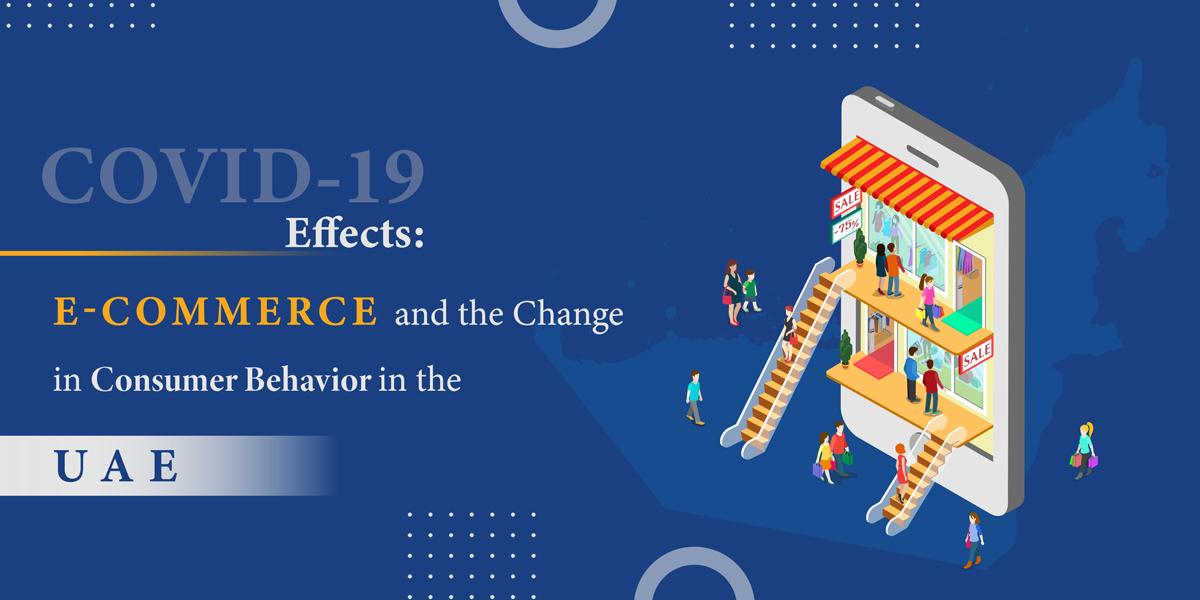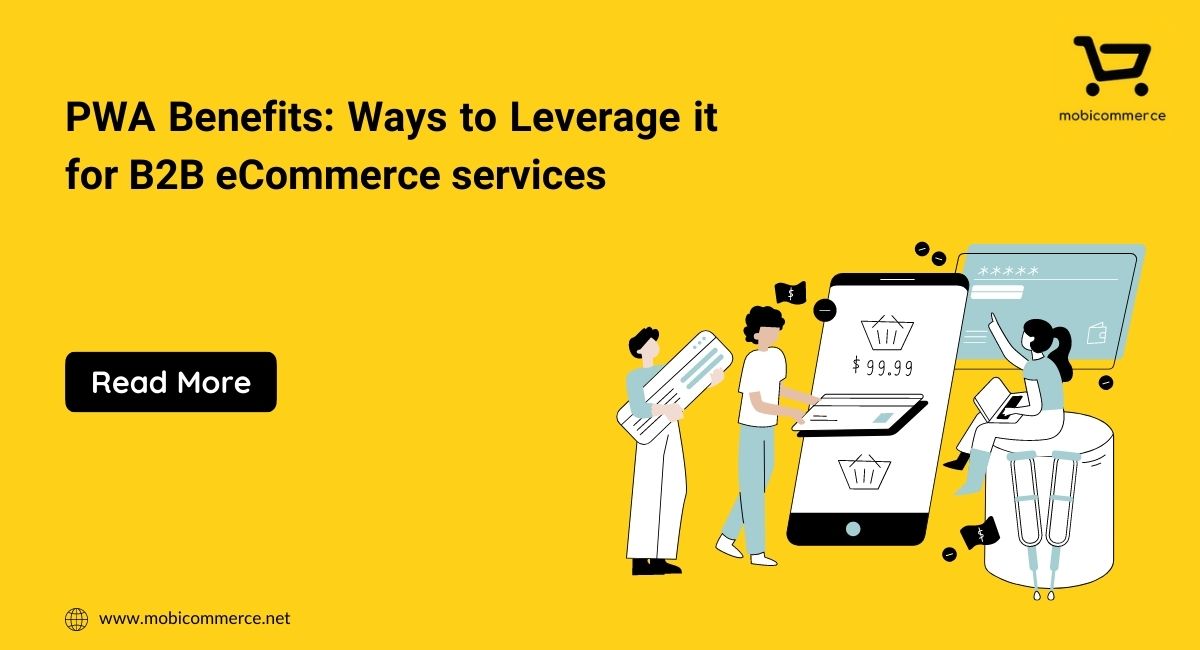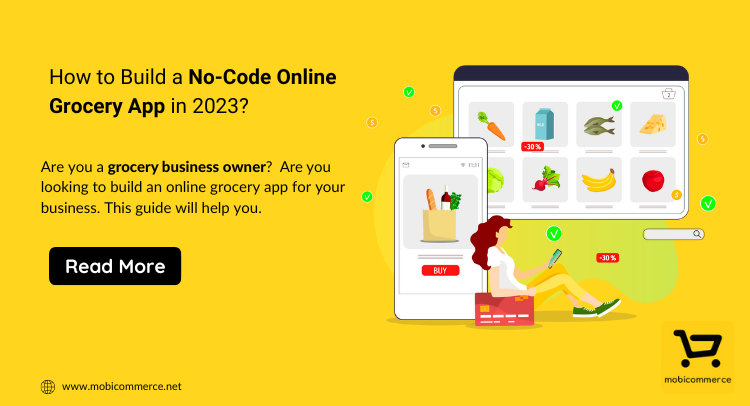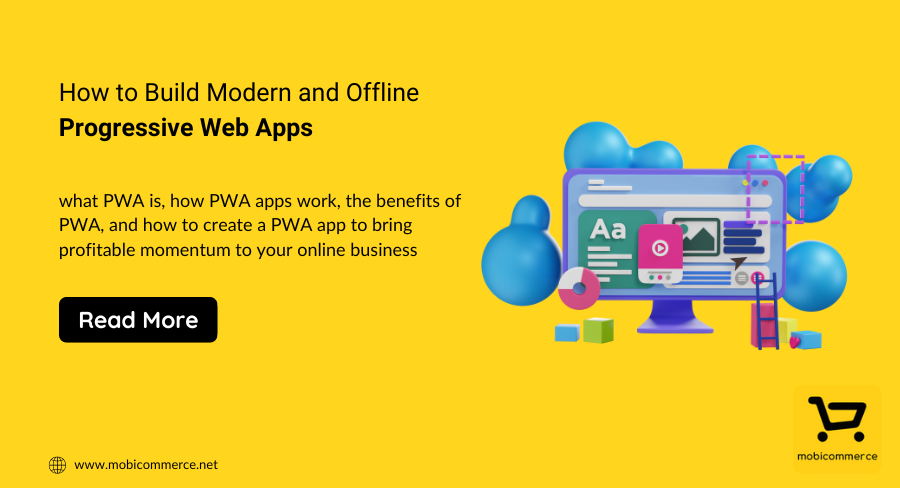
COVID-19 has painted a completely new picture around the world. Nothing is like before, neither our lifestyle habits, economy, nor the consumer behaviour and their way of shopping. Let’s see the scenario of UAE and the current status of eCommerce there.
UAE or Emirates, with its 9.5 million inhabitants, occupies the second position in the Middle East in terms of the internet penetration rate, estimated at around 90%, one of the highest in the world. It even has the highest smartphone penetration in the world about 81%, and 82% of the total population are active mobile internet users which have led to the rise of online shopping. In fact, the UAE is becoming the fastest growing e-commerce market in the Middle East and North Africa (MENA) region because of the millennials, both local and expatriate who are among the most digitally connected and the most active online buyers in the world. All these stats speak of how UAE is digitally forward compared to other countries.
eCommerce in UAE is growing exponentially ever since it set its foot in the MENA market. At present, e-commerce accounts for 4.2% of the retail revenue in the UAE but is expected to grow by an average of 23%2 by 2022. Amazon’s acquisition of Souq.com and the launch of Noon.com by Emaar Group in 2017 shows Emirates’ serious interest in eCommerce.
If you ask why eCommerce is soaring in Emirates then the reasons are many:
Today, with the emergence of COVID-19 around the world, there is no doubt how much the business sector has been affected. The brick and mortar retailers are finding it hard to survive but even many online retailers are suffering from its consequences too. Well, the UAE market is no different but eCommerce during the pandemic saw a sudden rise in the MENA region.
UAE – where the retail sector relies heavily on tourists, COVID-19 and global lockdown posed a grave danger of revenue generation for MENA due to restrictions of movement around the world. But the UAE government had no plans to give up and encouraged eCommerce full-fledged amidst the pandemic. The highest number of business licences about 196 were issued to the e-commerce retail business sector in the UAE itself during May 2020 alone which made the UAE more successful than 30 other economies during the COVID crisis. Moreover, the eCommerce platform saw a 20 % month-on-month jump in shipments delivered from March up till now, and about 300% of the rise in consumer demand was recorded in the first five months of 2020. Overall, there was a rise of 49% in online shopping during the coronavirus outbreak and the need for an eCommerce development company UAE increased suddenly with the offline retailers jumping to online platforms to survive the pandemic.
Also Read: Why Middle East Entrepreneurs Must Make Their Appearance in the eCommerce Market?
COVID-19 and the implications of the lockdowns have not just fast-tracked the adoption of eCommerce by UAE residents but, have also triggered various brands and entrepreneurs to invest in the UAE market, like how Amazon launched its AWS Data Center in Bahrain as part of its market expansion and CarrefourNow, traditionally a single play supermarket who successfully developed a strong omnichannel e-commerce platform challenging those regional players. Other than that, some of the major e-commerce players in the UAE right now are Careem Eats (previously Uber Eats), Namshi, Mumzworld, eBay, Awok etc.
The UAE consumers are big spenders and are extremely loyal to their favourite brands. They happily spend around 30% of their salary, or £1,450 a month, on luxury goods. Also, as per the stats, the female Emirati citizens spend 43% of their income on fashion and beauty products. Their luxury mindset also has high expectations from an online business like – excellent customer experience, personalised service, exclusive rewards and benefits etc. Moreover, the UAE has the most multi-culture residents across the Gulf countries as only 19% of the population is Emirati and the rest are the immigrants from different corners of the world. Hence, eCommerce acceptance happened largely and quickly in the UAE.
Earlier, shopping malls dominated the retail landscape because they were an all-in-one package – global products, entertainment, a social experience, and – just as important – air conditioning. Today, due to coronavirus, since it has become necessary to avoid socializing and crowded places, the Middle East consumers are taking a pivotal shift to eCommerce than shopping offline. The searches for “groceries”, “online courses”, “telecommuting” and “Ikea” were seen a sudden surge than luxury products during the lockdown which shows more and more millennials are preferring online shopping and therefore for anyone thinking about starting an eCommerce in the UAE right now can prove to be a good decision.
Don’t miss: The adaptation and evolution of e-commerce in the Middle East during the COVID-19 period
Conclusion
eCommerce is still at a growing stage in the UAE as the residents are habituated to offline shopping, but, due to the outbreak of coronavirus, the scenario has changed. eCommerce sales witnessed a sudden surge in between March and May during which applications for eCommerce licence too increased like never before. Therefore, if you planning to step into the UAE market with your eCommerce solution, the first thing you need to do is to approach an ecommerce development company in Dubai who can help you develop your solution with features that support the localization of the Middle East region like multilingual functionality, RTL functionalities, multi-currency feature, elastic search, inventory management, etc.

In order to improve user experience, businesses are increasingly turning to progressive web apps, which combine the best features of regular apps and websites. Ecommerce businesses which have created mobile-first PWAs have seen significantly faster page loading times, better conversion rates and improved engagement. On average, a website using PWA can increase speed performance by… Continue reading PWA benefits: Ways to Leverage it for B2B eCommerce services

If you have a grocery store and you are looking to take your business to the next level, then this is the right time to invest in grocery mobile apps. A report by Oberlo suggests that online grocery sales in the US are expected to reach $160.91 by 2023. Not only this, the revenue continues… Continue reading How to Build a No-Code Online Grocery App in 2023?

Most businesses create an app to establish their business in the digital world. But after some time, these businesses end up investing much more money by creating different versions and similar apps for different operating systems to stay relevant in the market. Later on, this choice of businesses becomes painful as they spend more money… Continue reading How to Build Modern and Offline Progressive Web Apps
Sign up for our newsletter and be the first to receive all the latest updates.
Request a callback from us by filling the form below.

Get your project estimate. Brainstorm business ideas. Book a demo. Get complete support and so much more!